CES 2025 day 1 — 9 new gadgets you need to see
Here are the best new reveals at CES 2025 so far

CES 2025 may not officially start until tomorrow, Tuesday January 7, but that doesn’t change the fact that there have already been a bunch of big reveals at the show. The weekend saw plenty of announcements from the likes of LG, Samsung, Circular, Halliday and more. But considering we still have the rest of the week to go, this is probably just the tip of the CES iceberg.
Today’s the day that journalists gain access to CES too, so we can expect a bunch more news to come out of Las Vegas over the next 24 hours. But while there will no doubt be countless exciting new products and reveals to mull over, that’s all news for another day.
For the time being, here are the top 9 CES gadgets you need to know about so far.
Halliday Smart Glasses

The era of smart glasses is here, but the Halliday smart glasses are a little different to the ones we’ve seen so far. Thanks to its “DigiWindow” technology, these glasses can beam information into your field of vision without a lens. That means you get the equivalent of a 3.5-inch screen in the upper-right corner of your field of view. Apparently it will even worm outdoors in bright sunlight, which is especially useful in Vegas — even in winter.
The glasses themselves can be controlled by swiping the built-in controller, or by using Halliday’s smart ring as a virtual trackpad. Features on board the glasses include real-time translation, and what’s being referred to as “ProActive AI”. This feature analyzes your conversations and can either answer questions you’ve been asked, or offer insights into the discussion. That includes fact-checking, plus there’s a teleprompter mode. Like any good AI, it’s able to “can answer complex questions, summarize key discussion points and generate summarized meeting notes”.
The downside is that these glasses will cost $489 when they go on sale. Which is an awful lot to spend, even on smart glasses.
Hisense 136MX MicroLED TV

MicroLED is one of those things we’ve heard great things about, but never seems to be particularly attainable for consumers. But Hisense wants to try and change this with its 136MX MicroLED TV, a screen it says has been developed specifically for ordinary consumers. This is a 136-inch TV powered by Hisense’s Hi-View AI Engine X, which uses AI algorithms to reproduce pictures on a frame-by-frame basis.
Sign up to get the BEST of Tom's Guide direct to your inbox.
Get instant access to breaking news, the hottest reviews, great deals and helpful tips.
Other notable features include 120Hz variable refresh rates, automatic low-latency mode, and FreeSync Premium Pro for extra gaming prowess. It does run on Hisense’s VIDAA smart TV platform, which I’m less enthusiastic about — I don’t have the best experience with bespoke smart TV software. But that wouldn’t stop me trying to find a way to fit this gargantuan TV in my house if I had the chance (or the money). Pricing is still unknown, but don’t expect it to be cheap.
SwitchBot Multitasking Household Robot K20+ Pro

The name is a bit of a mouthful, but once you consider what the K20+ Pro is supposed to do, it kind of makes sense. This is a modular robot companion for the home, with the ability to hook up to different accessories that let it handle different household tasks. Pricing and availability still hasn’t been confirmed, but it does sound like a pretty neat idea. Especially the modular nature means you shouldn’t have to buy all these accessories in one go.
At its most basic level the K20+ Pro is a robot vacuum, with LiDAR and laser-based navigation. The vacuum can then be expanded with a tilting 2K/3K security camera, air purifier, fan, and even a telescopic pole that can hold a smartphone or tablet. There’s even a table attachment that can carry up to 8kg of weight, letting you send stuff to other people in the house. Better still, you can attach multiple accessories at once, turning the robot into a multi-purpose mobile companion.
Sadly we don’t know when the K20+ Pro will be released, or what sort of specs to expect from its different accessories. It’s a very cool concept though, and it’s certainly something to watch out for going forward.
Circular Ring 2

Smart Rings are a pretty hot commodity right now, and Circular has just revealed its second generation model at CES — complete with features we haven’t seen from rivals like Oura or Samsung. Specifically the Circular Ring 2 offers ECG monitoring and FDA-cleared AFib detection. Those features are readily available on smartwatches, but if you want to closely watch your heart health with something more discreet, Circular has you covered.
Other upgrades include IP68 water and dust resistance, up from IPX8, and 8 days of battery life with 24/7 health and sleep monitoring. Much better than its predecessor’s 2 day lifespan. Circular’s companion app will also offer Digital Ring Sizing to help you find the right size, without having to use bulky ring-sizing bands first.
Circular Ring 2 will arrive via crowdfunding in Spring 2025 with prices starting at $380. Circular also confirmed that there won’t be any subscriptions involved, and this will be compatible with Android and iOS. Color options include gold, silver, black and rose gold.
LG Stanby ME 2
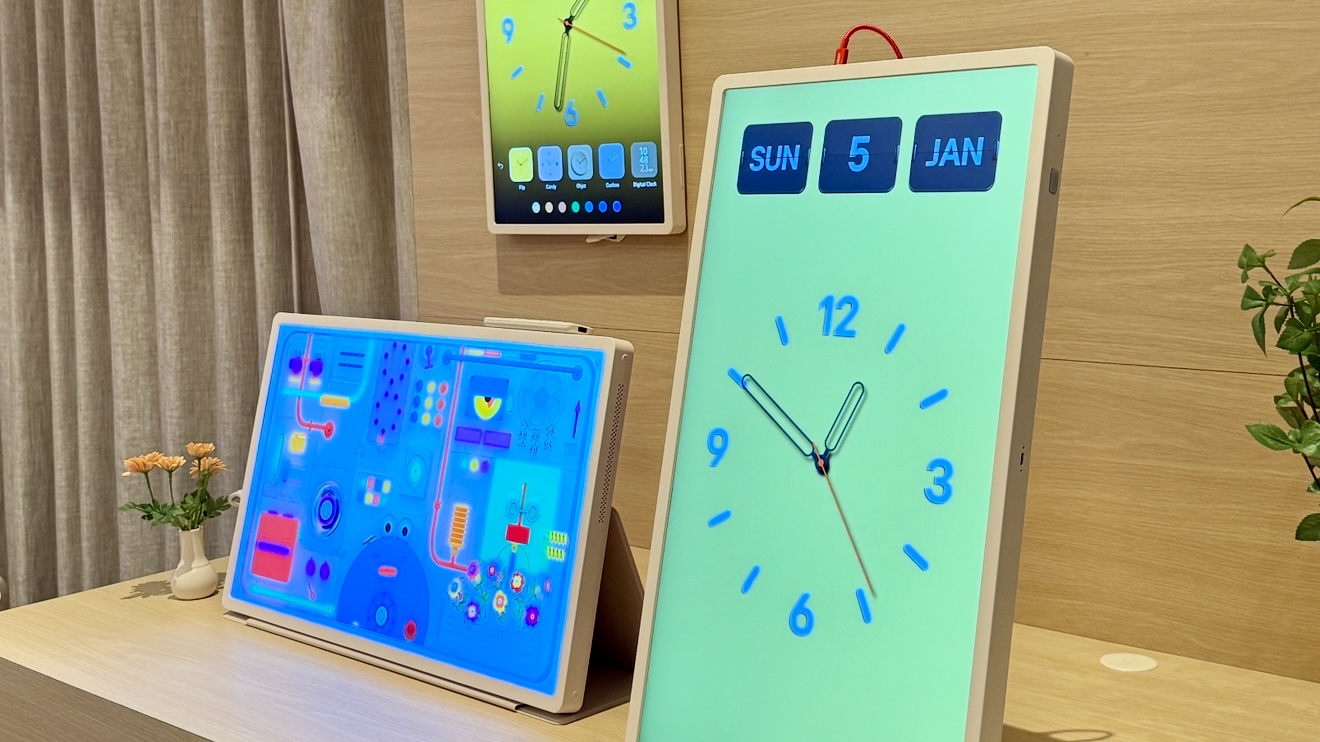
I saw the LG Stanby ME Go TV back at IFA in 2023, and was absolutely baffled by the idea. This was a portable 27-inch TV that came in its own suitcase, complete with a 3-hour battery life — which isn’t a whole lot. Well a brand new version just debuted at CES 2025, and it looks a lot less goofy this time around. The main benefit is that the LG Stanby ME 2 is now detachable, letting you pull it out of the stand for better positioning. There’s also a bit more choice for accessorizing, letting you ditch the suitcase in favor of a folio screen or carrying-strap.
I’m still a little skeptical about all this idea, even if the Stanby Me 2 has a bunch of benefits compared to smartphones and tablets. It’s an actual TV experience that offers 1440p resolution, and lets you plug other devices into it via USB or HDMI. But it also only offers 4 hours of battery life, limiting its usefulness away from the safety of a power socket.
Still, it’s an interesting idea, and considering LG makes some of the best TVs you can buy, I can see this appealing to a bunch of folks who want to get that TV experience regardless of where they are.
Hisense L9Q Projector
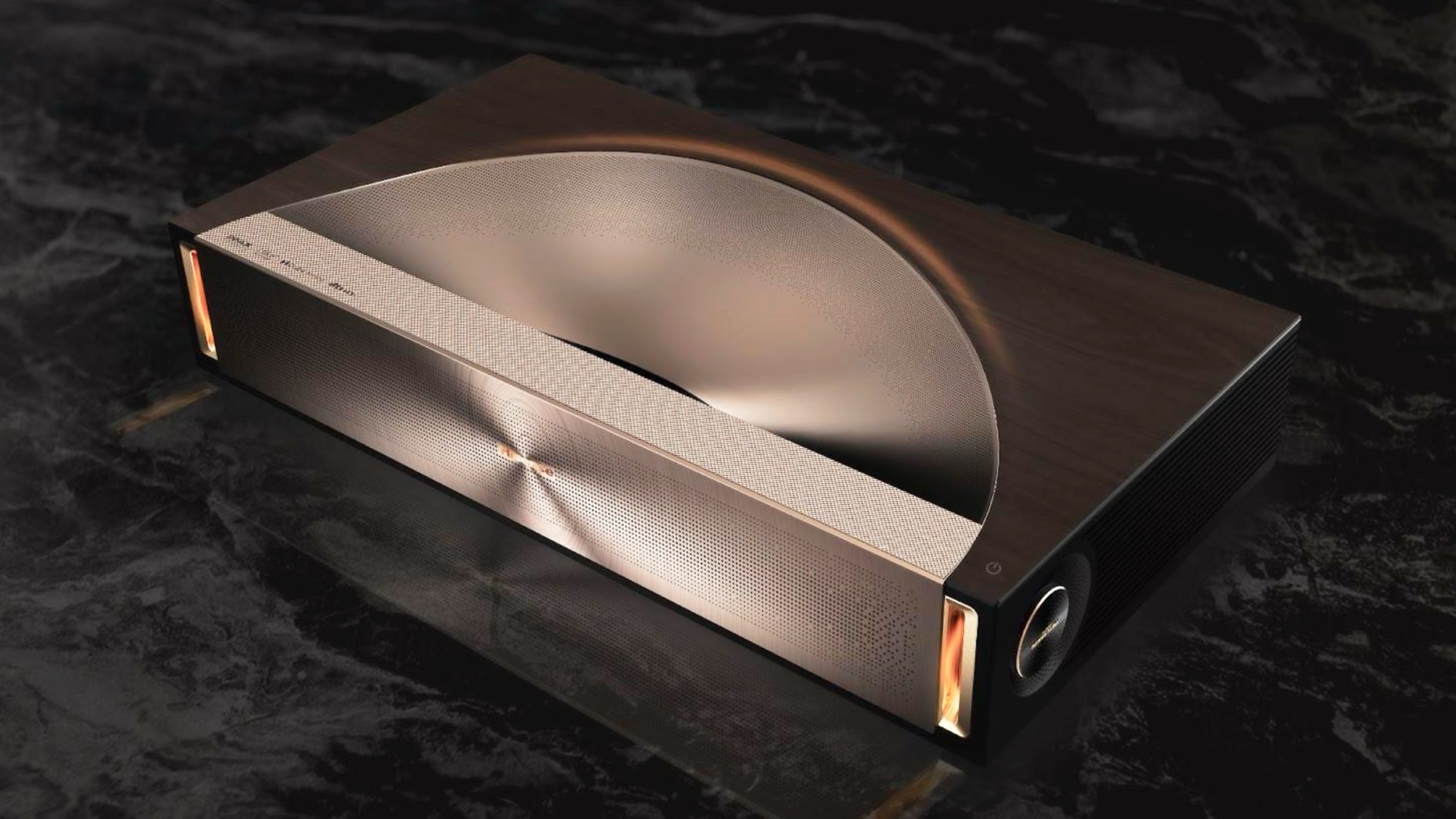
I know a few people that have ditched the TV screen in favor of a projector, for various different reasons. If you’re thinking about joining them, then CES will have plenty of opportunities to check out new projectors — including Hisense’s L9Q. Compatible with screens between 100 and 150-inches, this is a way to get a much bigger screen for a more reasonable price than the equivalent TVs would command.
The L9Q is a 4K laser projector that offers up to 5,000 lumens of brightness and covers an incredible 110% of the BT.2020 color space. Plus it offers 6.2.2 surround sound, and offers support for both Dolby Atmos and DTS Virtual X. It also looks pretty swanky too.
Sadly there’s no word on pricing or availability yet.
Samsung Odyssey G6 OLED Monitor
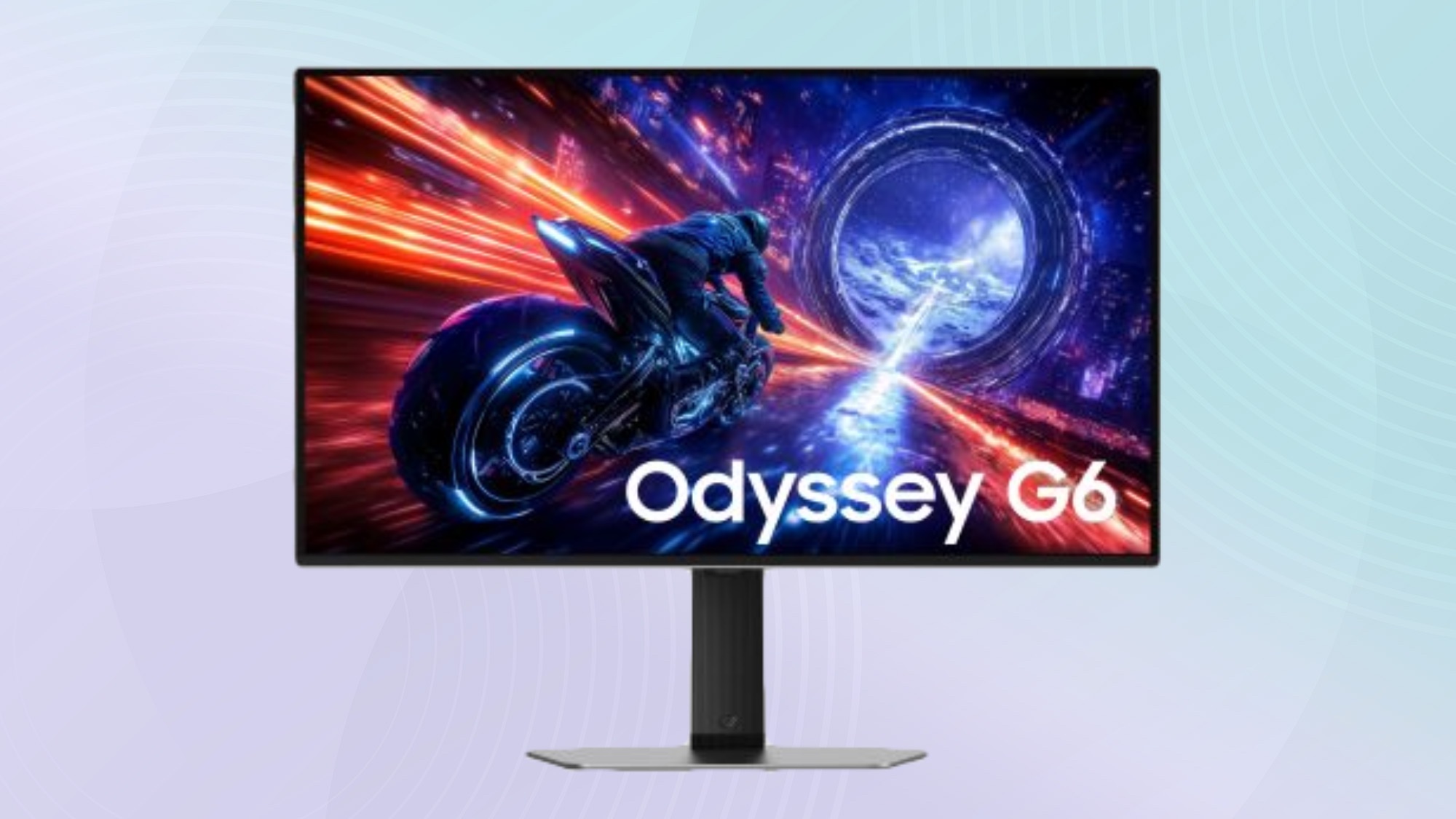
I still remember the days when people tried to argue that 30fps was perfectly acceptable. Those fools have mostly disappeared at this point, but I imagine some of them may pop up again to lambast Samsung’s new Odyssey OLED G6 gaming monitor — which offers an absurd 500Hz refresh rate at QHD resolution. Is there any content that can make use of a 500Hz screen? I don’t know, but I’m intrigued by this.
It’s not the first 500Hz monitor to be unveiled, but Samsung claims that it is the first to offer that insane refresh rate at QHD resolution. The 27-inch panel also offers a 0.03ms response time, support for AMD FreeSync Premium Pro and NVIDIA G-Sync, alongside VES DisplayHDR True Black 400 and OLED Glare Free. So pretty much every scrap of advanced monitor tech currently available.
Sadly the only things we don’t know are how much this screen will cost, and when it will be available to purchase. Because I imagine there are more than a few people that would want to check this out for themselves.
Roborock Saros Z70
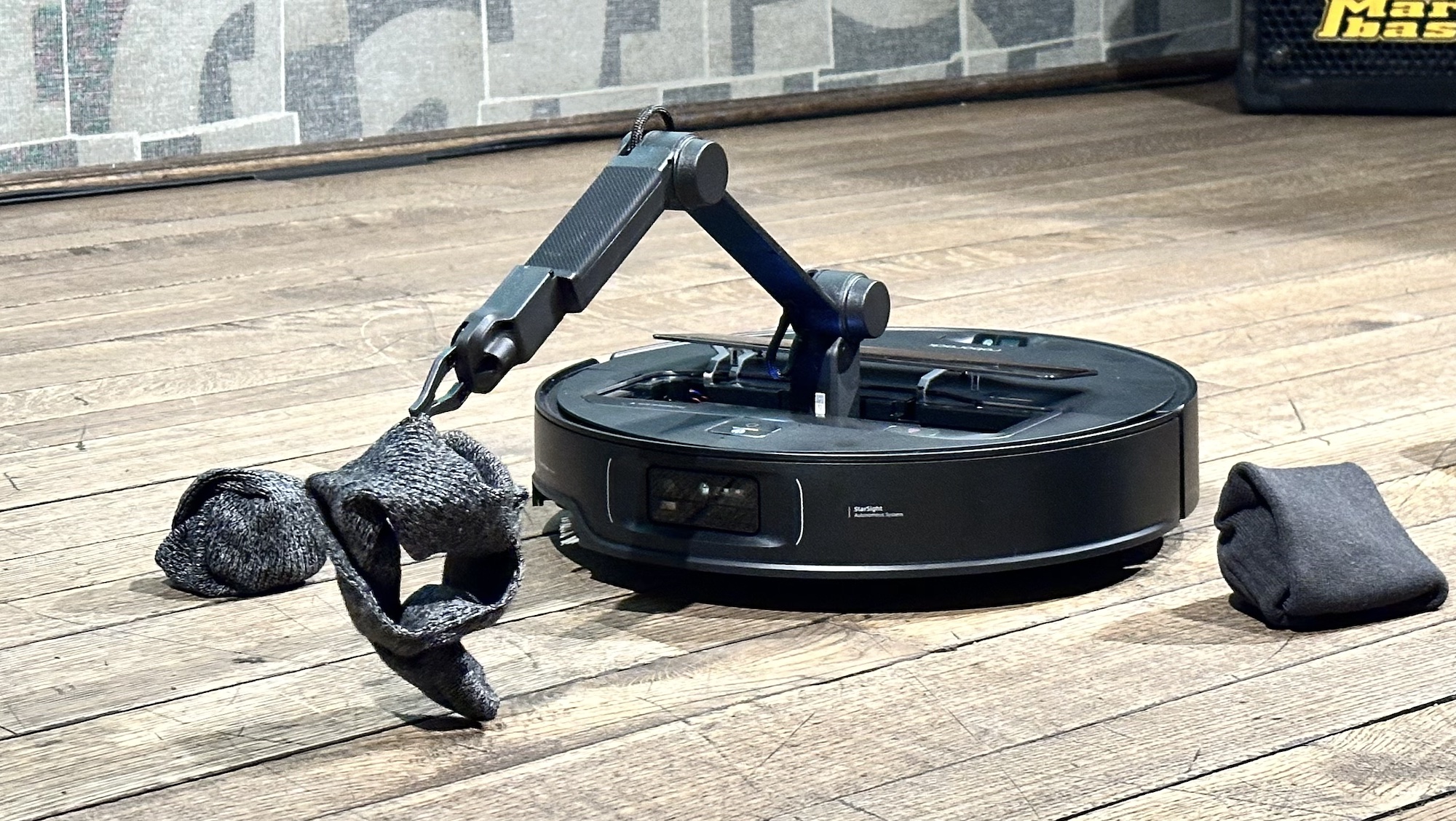
Here’s something I never knew I needed, a robot vacuum with a telescopic arm, which can be used to pick up obstacles — including socks and shoes. That’s right, the RoboRock Saros Z70 promises to do even more cleaning for you, saving you the hassle of clearing the floors before releasing the robot for the daily clean.
The arm is limited to 10.5 ounces (300 grams) of weight, so you will have to tidy away some of the larger obstacles. But anything small can be picked up and moved to specific locations, like laundry baskets. Apparently the Z70 will have built-in object recognition to aid this. That’ll start with socks and shoes, but apparently future software updates will enable it to recognize even more stuff. I’m hoping it can move wires out of the way, because my current robot vacuum seems hell-bent on chewing up as many phone chargers and power cables as it can.
The Roborock Saros Z70 is set to launch in May or June of this year, but pricing still hasn’t been announced.
LG Gram 2025 with Gram AI
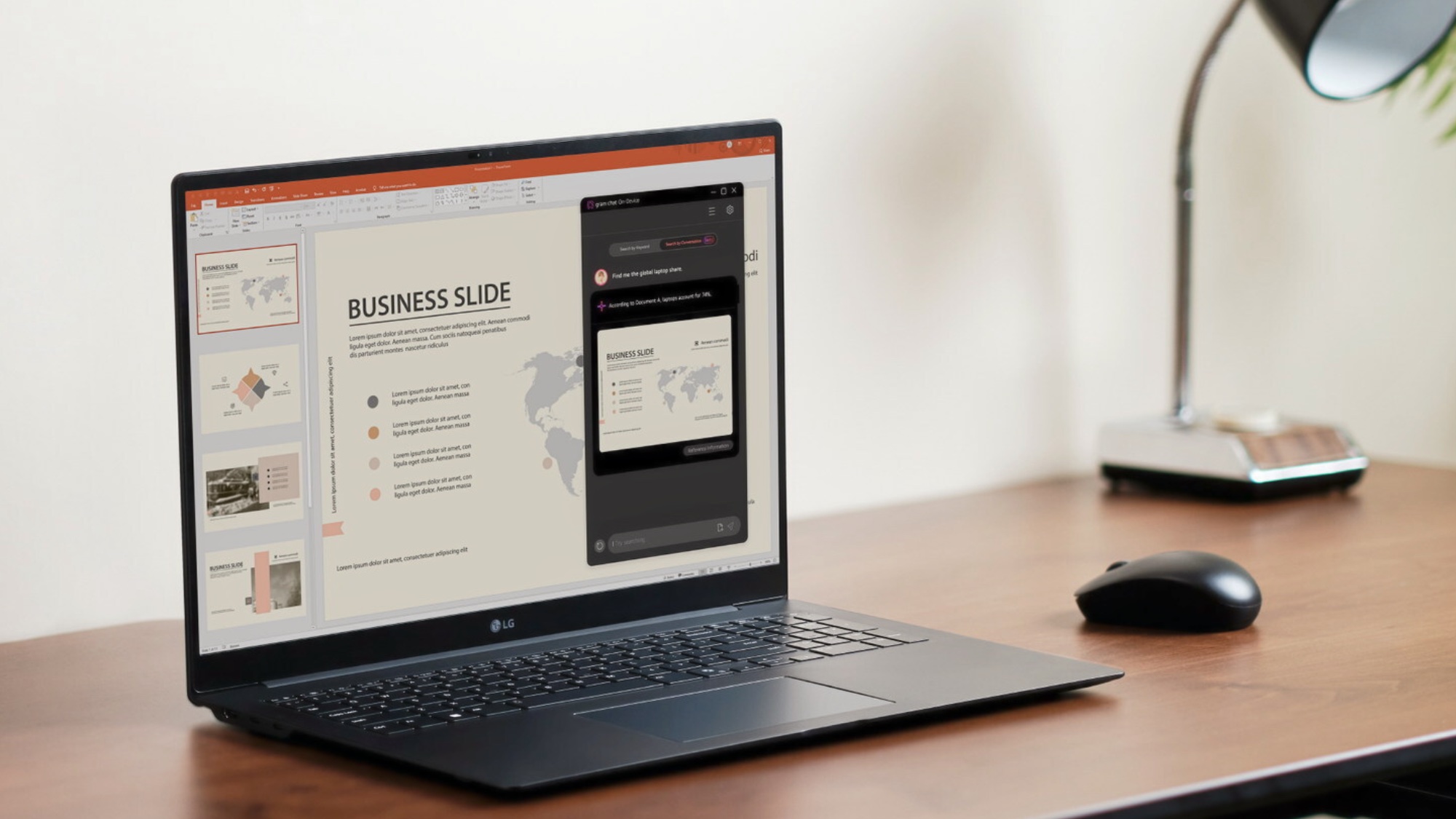
LG’s ultra-lightweight LG Gram series is back at CES 2025, with 4 new models set to be released later this year. But in an age where ultra-thin and ultra-light doesn’t quite cut it (all 4 new models are bigger and heavier than a Macbook Air M3), LG needs to offer a little more. Enter AI, because that’s just as big as ever.
Not only is the 16-inch LG Gram Pro set to be LG’s first Copilot Plus capable PC, LG’s also launching its new “hybrid AI” called gram AI. This AI uses a mix of on-device and cloud-based AI processing — powered by LG’s EXAONE LLM locally and OpenAI’s GPT-4o in the cloud. The idea being that the Ai will be available regardless of your network connection, and will be able to evolve and adapt its processing needs based on the user’s needs.
The 4 models going on sale are the 16-inch LG Gram Pro 2-in-1, a pair of LG Gram Pro machines with 17-inch and 16-inch displays, plus a 15.6-inch LG Gram Book. You can check out the full specs of those machines right here.

Tom is the Tom's Guide's UK Phones Editor, tackling the latest smartphone news and vocally expressing his opinions about upcoming features or changes. It's long way from his days as editor of Gizmodo UK, when pretty much everything was on the table. He’s usually found trying to squeeze another giant Lego set onto the shelf, draining very large cups of coffee, or complaining about how terrible his Smart TV is.
